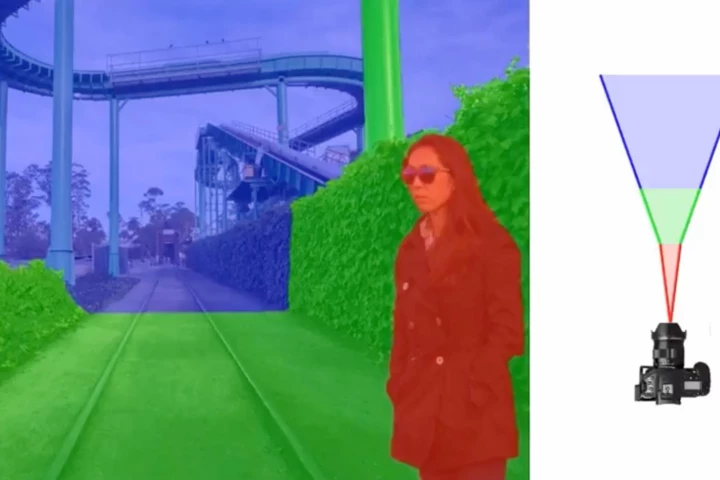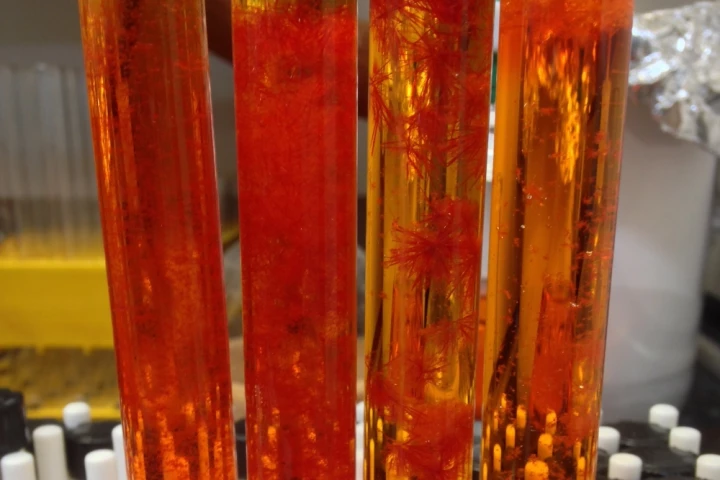University of California Santa Barbara
-
Thanks to a global network of 18 robotic telescopes, researchers caught a brief blue glow in the sky which, they say, was the result of a different kind of supernova explosion. The find reveals surprising information about the companion star next to the white dwarf that sparked the spectacle.
-
A team at UC Santa Barbara has developed a system that uses image stacking to adjust the composition of a photo after it's been taken. Working with Nvidia, the team says the "computational zoom" system can create images that, in some cases, couldn't be captured with a normal camera.
-
Three years ago, scientists used Wi-Fi-equipped ground-based robots to obtain 2D images of objects hidden behind brick walls. Now, using aerial drones, they've obtained 3D images of similarly-hidden objects.
-
The bacteria Shewanella oneidensis is useful for cleaning water and generates electricity while it chows down. Now, researchers at UCSB have chemically modified the bacteria to increase its energy production, which could lead to wastewater treatment plants that generate some of their own power.
-
With various “de-extinction” projects in the works right now, researchers have published a paper analyzing the ecological benefits, risks and responsibilities of reintroducing once-extinct species into modern ecosystems.
-
An international team of researchers has found a way to create microscopically-small lasers directly from silicon, unlocking the possibilities of direct integration of photonics on silicon, and a significant step towards light-based computers.
-
A poorly functioning placenta is a problematic one as doctors are unable to treat it with drugs and are instead forced to induce labor early. But scientists have now found a way in by using existing cancer drugs that mistake the placenta for a tumor and boost its health.
-
In a bold but scientifically sound proposal, a NASA-founded research has laid out a roadmap toward spacecrafts with relativistic speeds for the exploration of nearby stars.
-
Researchers have discovered that giant clams may hold the key to improving solar cells and color displays. The new findings indicate that giant clams produce a white coloration by combining red, green and blue light, in a manner similar to what occurs in television and smartphone displays.
-
UC Santa Barbara scientists have replicated the uncanny underwater adhesive capacity of mussels in a versatile and strong synthetic material. The ultra-thin material boasts up to 10 times the effectiveness of prior wet adhesives, and it could soon find use in a variety of sticky situations.
-
A more palatable way of keeping blood glucose in check for diabetics may be on the way, with scientists developing a patch that attaches to the intestinal wall and releases the hormone after being swallowed in the form of a capsule.
-
Researchers claim to have constructed the world's first electronic memory cell that effectively mimics the analog process of human memory and may one day lead to the creation of the first bionic brain.
Load More










